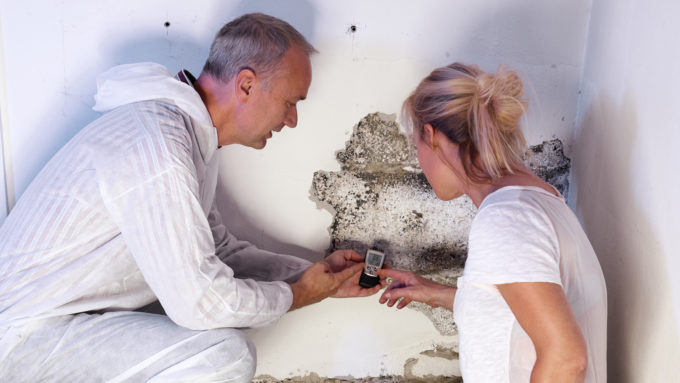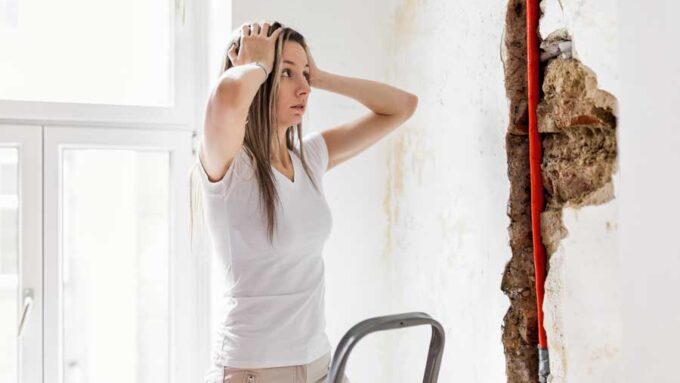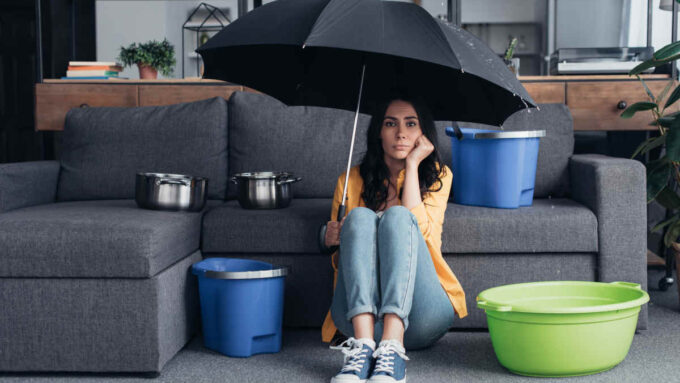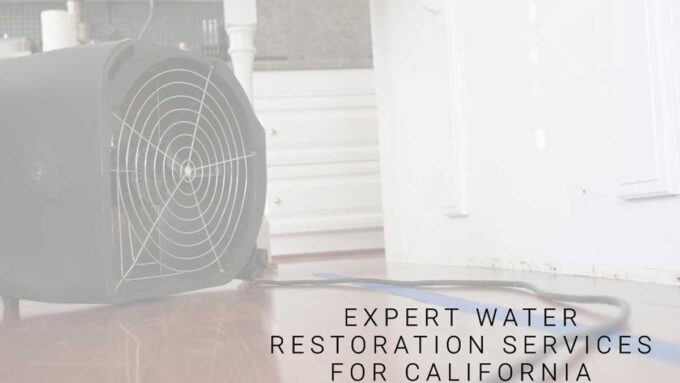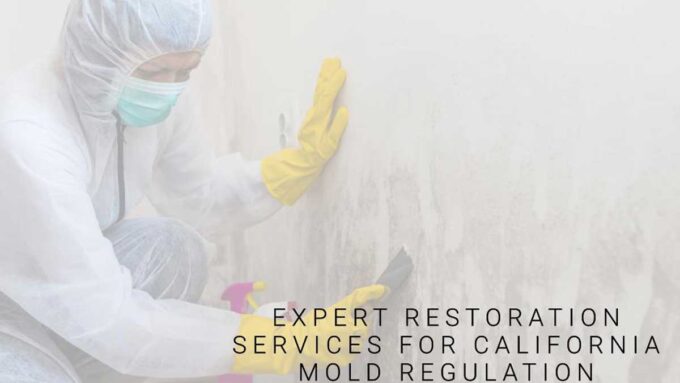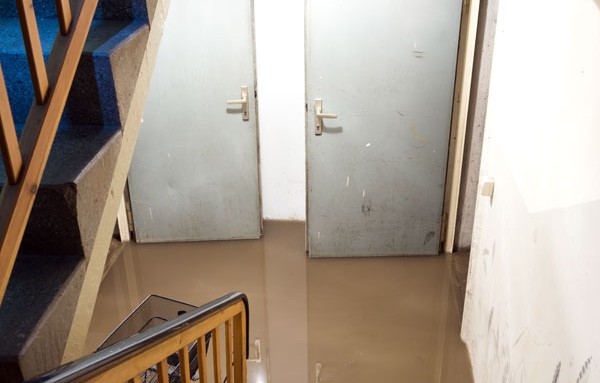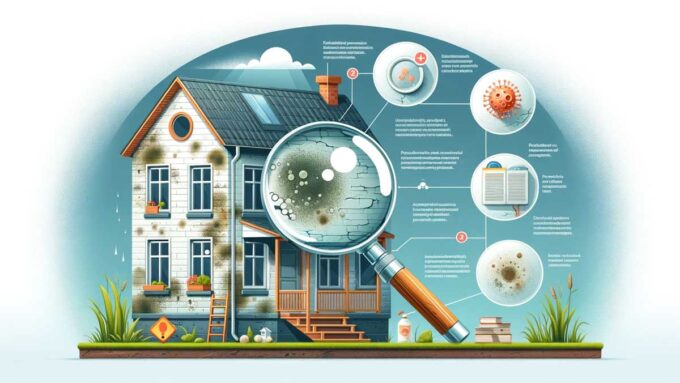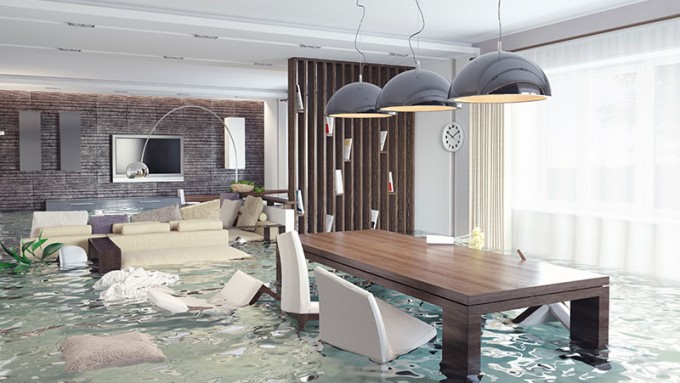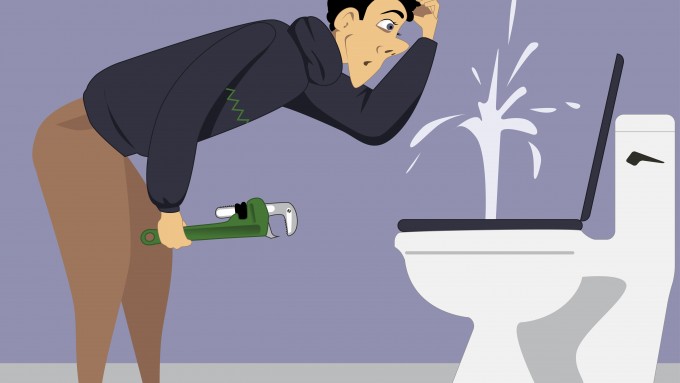The residual effects of extensive water damage to your home are wide-ranging and can leave you perplexed about your next move. Everything from the attic to the crawl space or basement can be impacted by flooding from natural events or even broken pipes. The financial cost can be high, but the cost to your family’s health and safety could be greater if water damage is not properly addressed. Mold build-up occurs quickly after such an event, so taking care of this problem is extremely important. This article discusses ways you can prevent mold from getting out of control in your home after experiencing a major water damage event.
Take immediate action
Waiting more than a couple of days to remove items from your home that have been saturated, and likely contaminated, by water damage could mean creating an environment for mold and other bacteria to grow and quickly spread throughout your home. Realistically, if the damage is from a broken pipe or a leaky roof, mold may already be growing in the damaged area. The likelihood of it spreading to other areas in the home is increased if you don’t act immediately to clean up after the flooding has occurred. With flooding from rivers or storms, any bacteria carried in it that water has the potential to bring in even more germs and mold. It is recommended that you begin removal of any possible mold contaminants within the first 36 hours after the event occurs.
Clean as thoroughly as possible
It’s never too soon after a water damage event to contact a mold remediation professional. After all, your personal possessions are important to you, or you wouldn’t own them in the first place. Once water has been removed and the drying process has begun, the cleaning process should follow. Throw away any items that have been completely saturated, and sanitize any fabric materials including carpet, drapes, and clothing. If they have already begun to smell musty and mildewed, it’s wisest to go ahead and replace them. They likely already have mold growing in or on them, and they are already beginning to contaminate the air around them. Ventilation of the affected area is important, but you must be careful with that as well. Some mechanical components such as, HVAC systems, electrical wiring, plumbing, or other appliances may be affected. Make sure they are clean before using them.
Know the signs of exposure to mold
Because some people are highly sensitive to molds, their exposure to it can lead to illness. If you notice symptoms like a stuffy nose, wheezing, red or itchy eyes, or irritated skin, especially after experiencing a water damage event, address them with a doctor as soon as possible. They may indicate a build-up of mold in your system. More serious reactions include fever and shortness of breath. Those with asthma or other respiratory disorders should take extra precautions like wearing a mask when there is a threat of exposure to mold.
Final thoughts
Water damage in your home, or any environment that you frequent, should be addressed quickly to avoid mold growth. Make sure you clean all affected areas and materials, include mechanical ones, as soon as possible to avoid the spread of mold. Recognize the signs of mold sensitivity and remove yourself from the affected area, especially if you already have a respiratory illness. Contact the mold remediation experts at Restoration Certified Specialists to help remove the mold from your damaged home.

